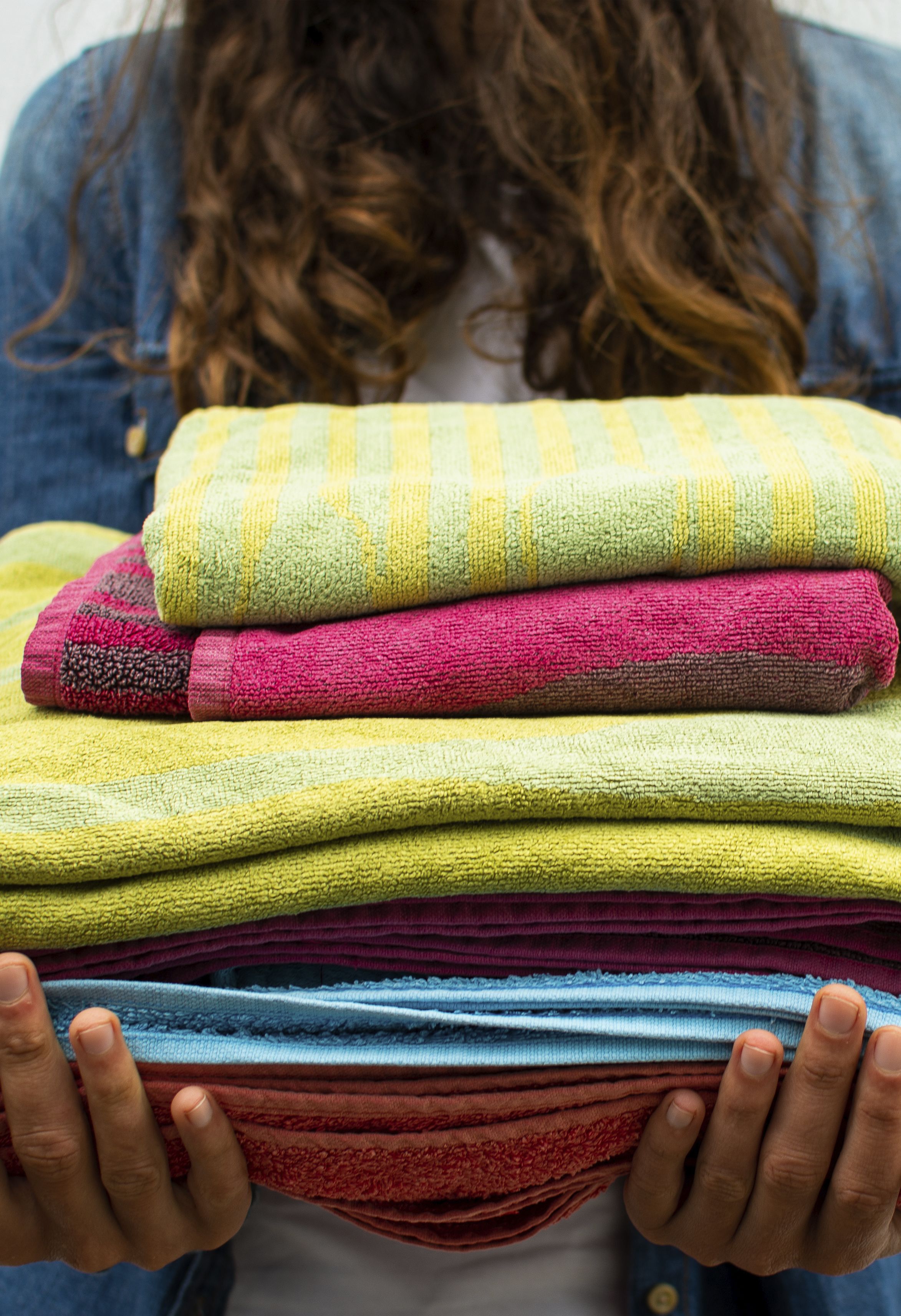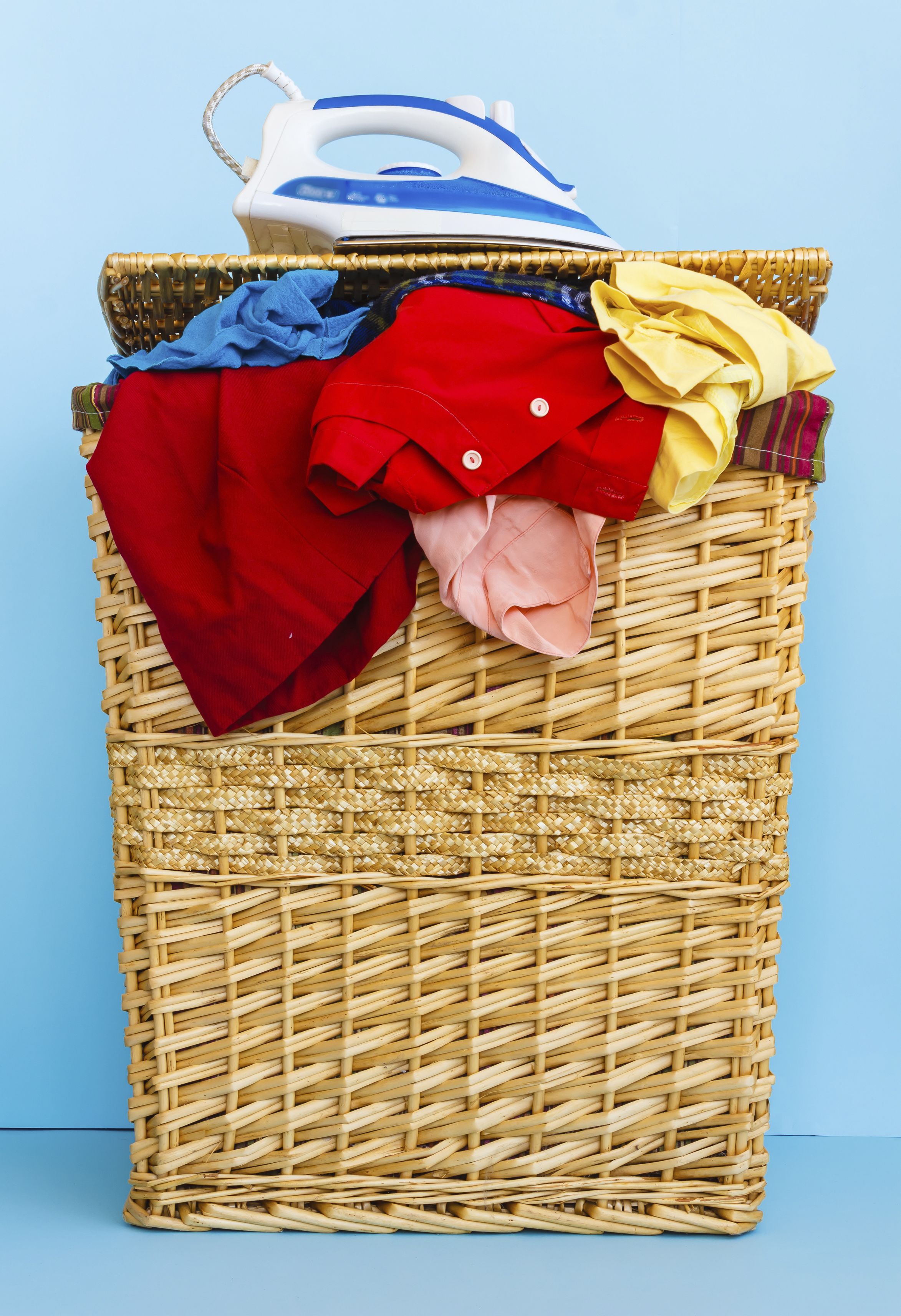
Comfort's pro-fibre technology mean they retain their shape, while the formulation also makes them easier to iron. Here are some additional tips to get you through wash day without feeling like a washed-out sheet yourself!
Washing is no one’s favourite chore. But what’s even worse is if you have to do it again – or worst of all, you damage your clothing in the process. Moms and grandmothers, send this handy info to all those youngsters in the family living on their own and doing their washing for the first time!


1 Sort your washing correctly. First, delicates from tougher fabrics like linens, towels and denims. Heavily soiled items can also go in the tougher pile, provided the fabric can handle a heavy wash. Then within those two piles, sort between whites and coloured items.
2 Do a bleed test. If you’re worried about whether a dark item will run, wet a small spot on it and then dab it with a white cloth. Even if only a little bit of colour appears, keep this item separate and wash in cold water.
3 Zip it up. Zip up all jackets, pants and tops. This will prevent the garment from pulling in the wrong direction and will prevent the zip from snagging or damaging other items.
4 Loosen buttons. Yes, it’s the opposite with buttons. Loosening them will ensure they don’t pull off in the wash and stretch where the clothing is fastened.

1 Choose the correct detergent. Powder detergents work well for general loads and are usually less expensive, but they don't always dissolve correctly in cold water and can sometimes leave residue on fabrics. Liquid detergents are good for pretreating stains and dealing with heavily soiled items. Omo Auto + Comfort includes the lovely Comfort fragrance, which means continued freshness throughout the day. Single-dose pods, packs and tablets are very convenient and prevent overdosing, but they can be expensive.
2 Protect your washing. With Comfort’s concentrated formula, you only need a capful to protect your washing from fading and losing shape, while getting the very best results from a load - you'll smell fresh all day and love getting into a bed covered in sheets that feel and smell freshly laundered.
3 Choose the correct temperature. As a rule, colder water will help clothes last longer. It’s also the best option for delicates, clothes that are prone to shrinking or dark colours prone to run. Warm water works best for more soiled items and for man-made fabrics. Hot water should be used for bedding and towels, cotton whites and heavily stained work clothes, specifically those with oil or grease stains; and if you’re bleaching something, the hot water activates the bleach better.
4 Never use bleach on elastic or Lycra garments, regardless of their colour. Bleach will eat away the elastic.
5 Turn dark-coloured clothing, especially black items, inside out. This will reduce the fade in colours.

1 Check labels carefully. Some clothing wash well with hot water, but do better drying on the line than in the dryer.
2 Keep dark clothing inside out. It will help to further protect the colour, especially if you’re hanging it in the sun.
3 Choose sunlight for white items, but try to keep the amount of time you leave dark items in the sun to the minimum.
4 Jerseys or knit and stretchy fabrics should be laid flat to dry and never put in the dryer. Lying flat will prevent the heavy load of the soaked fabric to stretch it out.

1 If you chose Comfort, you've got the first step covered. It features easy-to-iron technology, which means your clothes respond better to the iron than when using another type of softener.
2 For tricky hems or collars, switch to a hair straightener. Yes, you read right. The shape of a straightener means you have a good grip on these smaller parts of the fabric and what’s more, you can do it quickly before work – without having to whip out the ironing board.
3 Cover your ironing board with foil, shiny side up. Why? It will help the ironing go faster – the foil reflects the heat and ensures both sides get ironed as you work.

